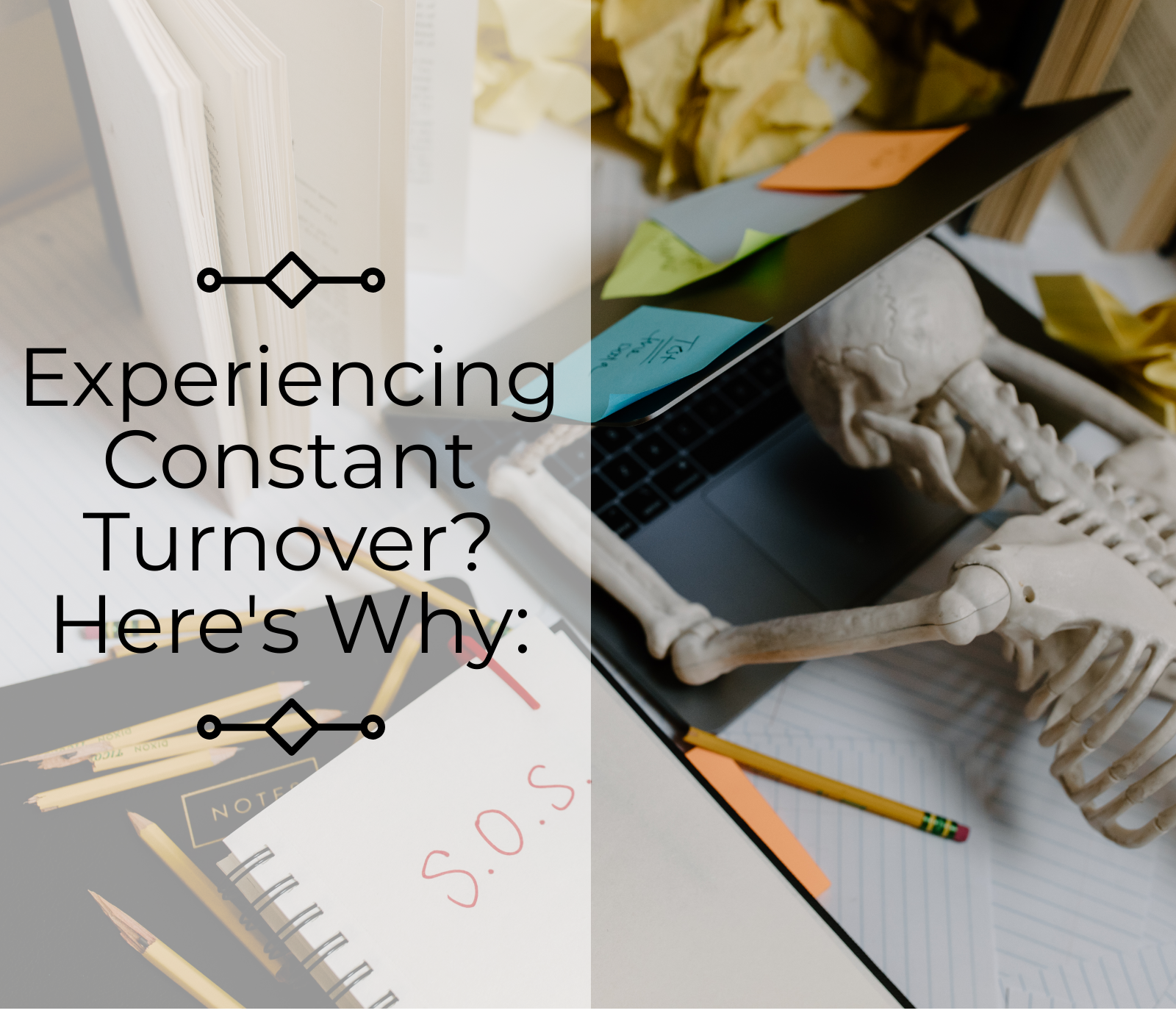
Every organization inevitably aims to attract the best possible talent, and invests heavily in training new hires. In making these efforts, hopes lie in building a cohesive and dynamic team ready to take on the world. To some extent, a degree of employee turnover is to be expected—a frustrating but realistic aspect of running a business. However, when that turnover begins to escalate, costs mount quickly and progress becomes dogged by a sense of “one step forwards, two steps back”.
So, what drives a ramped up rate of employee turnover? More often than not, the core issue is the health-status of existing corporate culture. Here, we’ll dig into exactly what that means and the warning signs that you can watch for, before examining the value of a corporate investigation for illuminating an effective turnover and retention recovery strategy.
Counting the Cost of Employee Turnover
You might be wondering, why does employee retention matter so much for your business? If you’ve never tallied the costs of recruiting and training replacement employees before, you may be in for a shock. Research from Gallup indicates that the true cost of filling the hole left by a departing employee usually ranges between one-half and two times that employee’s annual salary. What’s more, Gallup warned that these estimates can be considered conservative, while highlighting that they don’t take into account unquantifiable impacts such as damage done to team morale, customer relationships, and brand reputation.
The Importance of Recruitment and Onboarding Strategies
One of the simplest stumbling blocks to excise—particularly when employee turnover is running rampant in the early stages—is a flawed approach to recruitment and onboarding. This critical factor for employee retention begins at the first stage of the hiring process, with the clarity of job descriptions. Research from Allegis Group revealed a dramatic disconnect in this area, with 72% of hiring managers believing that they were providing clear job descriptions, while only 36% of candidates felt that this was the case.
Once a hire is made, the onboarding process is just as key to minimizing employee turnover. While a negative onboarding experience—or no onboarding experience at all—doubles the chances of an employee seeking work elsewhere, an excellent onboarding process can provide a 52% increase to retention rates. Nurturing new hires as they hit the ground running is a solid investment indeed.
The Corporate Culture Connection
It is well documented that corporate culture drives engagement, employee satisfaction, and productivity. When we consider the potential consequences of failing corporate culture—disengagement, poor team dynamics, and even workplace bullying, to name but a few—it is no surprise that a culture crash and soaring employee turnover are bound to go hand in hand.
According to research from Career Builder, a staggering 46% of workers who realized their new job was a bad fit cited toxic work culture as their primary cause for concern. Beyond escalating turnover, other indications that corporate culture may have taken a nose-dive include gossip and negativity in the workplace, unexplained falling profits, low employee attendance, clique-like behavior, and unhealthy competition between employees.
Getting a Handle on the Situation
When the root cause of ramped up employee turnover is elusive, the launch of a corporate investigation becomes the best possible course of action. When working between the complex and layered factors that can cumulatively trigger increased turnover, HR personnel and management can find themselves unable to see the wood for the trees. In contrast, an external investigator is optimally equipped to assess current corporate culture, management practices, and other elements at work in order to lay a path to resolution and rewards. If you would like to learn more about how Corporate Culture Audits from Lauth Investigations can help you increase employee retention rates, contact our team today.



